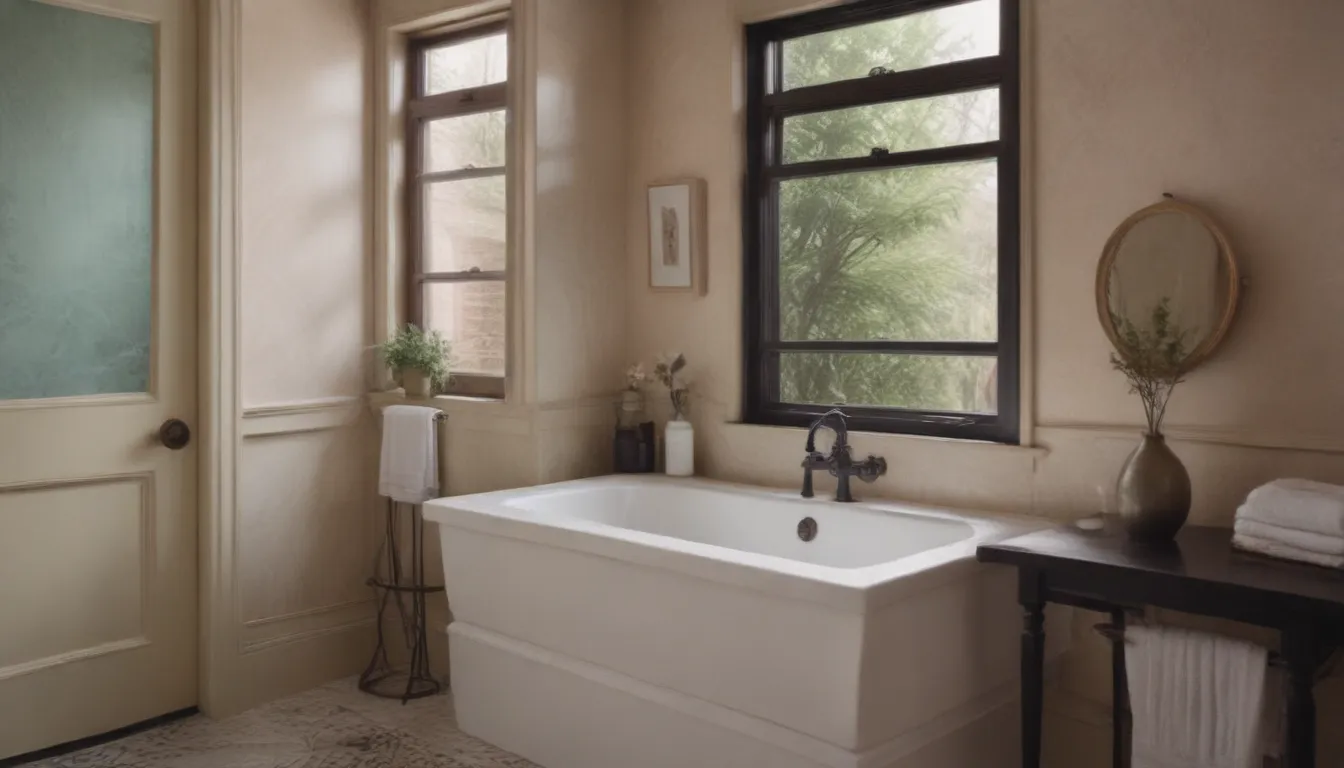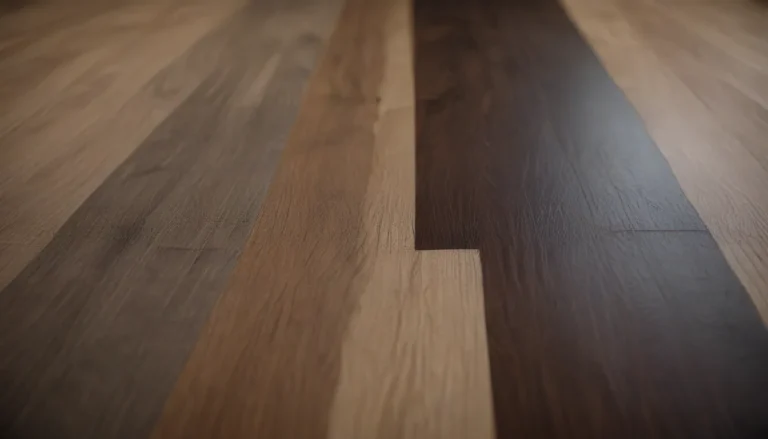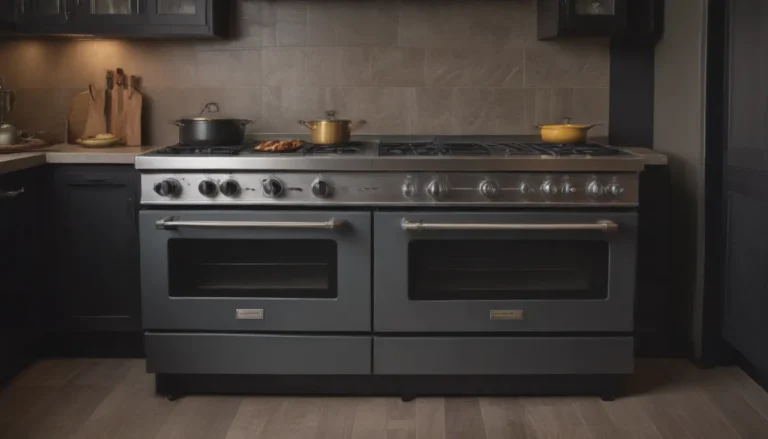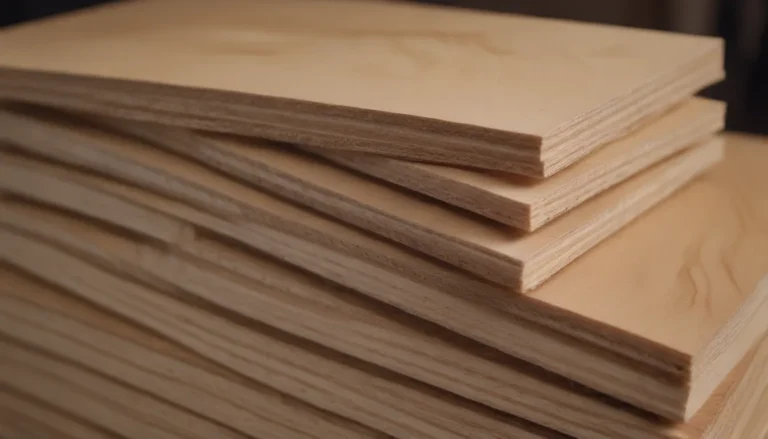How to Properly Ventilate Your Bathroom

Bathrooms can quickly become a breeding ground for mold and mildew if not properly ventilated. The key to keeping your bathroom smelling fresh and mold-free is the installation of an effective exhaust venting system. But with so many different codes and regulations to consider, it can be overwhelming to determine the best course of action for your specific situation. In this comprehensive guide, we will break down the basics of bathroom fan venting code, explore the various options available, and provide you with everything you need to know to ensure your bathroom is properly ventilated.
Understanding Bathroom Fan Venting Code
When it comes to bathroom ventilation, building codes play a crucial role in ensuring that odors and moisture are effectively removed from the space. While some municipalities may not require the installation of exhaust fans, it is essential to check with your local planning and permitting department to determine the specific requirements in your area.
Bathroom Exhaust Fan Venting Code Summary
The International Residential Code outlines the regulations for bathroom ventilation in Section R303, which works in conjunction with Section M1507 covering Mechanical Ventilation.
-
Section R303.3: This section mandates that bathrooms must have windows with an opening area of at least 3 square feet, half of which must be openable. Windows provide effective ventilation for bathrooms without shower or tub facilities.
-
Section R303.4: In some communities, this section requires the installation of exhaust venting fans in addition to or instead of windows for ventilation purposes.
-
Section M1507.2: Exhausted air from the bathroom must be directed outdoors, not into other living spaces or crawlspaces. Proper termination points for exhaust vents are crucial to prevent mold and mildew growth.
-
Section M1507.4: Bathroom exhaust fans must have a minimum exhaust capacity of 50 cubic feet per minute (cfm) for intermittent use or 20 cfm for continuous use.
The Importance of Bathroom Ventilation
Installing a bathroom exhaust vent fan goes beyond simply eliminating unpleasant odors. The primary purpose of a vent fan is to remove excess moisture from the air, which can lead to mold and mildew growth. Moisture in the bathroom can come from various sources, including splashing water, steam from hot showers, and even the moisture in the air itself.
- “Bathroom venting fans are about more than just eliminating noxious odors. Bad odors are annoying but are hardly life-threatening, and they do not impact the integrity of the building structure at all.”
Proper ventilation is essential for maintaining the structural integrity of your home and preventing costly repairs down the line. Without adequate ventilation, moisture can accumulate on walls, ceilings, and even inside the ceiling itself, leading to mold infestations and other issues.
Choosing the Right Exhaust Fan
When selecting an exhaust fan for your bathroom, it’s essential to consider factors such as sound ratings (sones), exhaust capacity, and installation requirements. Quieter low-sone exhaust fans can help reduce noise levels in your bathroom, making for a more pleasant experience overall.
- “While not required by the building code, purchasing a quieter low-sone exhaust fan can add to the comfort level of your bathroom time by keeping the noise level down.”
Additionally, be sure to choose an exhaust fan that meets the minimum exhaust capacity requirements outlined in the building code to ensure effective ventilation of your bathroom space.
Tips for Proper Installation
Proper installation of your bathroom exhaust fan is crucial to ensure optimal performance and longevity. Here are some tips to keep in mind during the installation process:
-
Install the exhaust fan in a central location in the bathroom to ensure effective air circulation.
-
Connect the fan to a GFCI-protected circuit, especially if it is located near a shower or bathtub.
-
Direct the exhaust air outdoors to prevent moisture from accumulating in crawlspaces or attics.
-
Install a grille or screen at the end of the vent run to prevent vermin from entering your home.
By following these installation guidelines, you can ensure that your bathroom exhaust fan operates efficiently and effectively in removing moisture from the air.
Final Thoughts
Proper ventilation is essential for maintaining a healthy and mold-free bathroom environment. By understanding and adhering to bathroom fan venting code regulations, you can ensure that your bathroom remains fresh and odor-free while protecting your home from the harmful effects of moisture accumulation. Take the time to invest in a quality exhaust fan and follow the recommended installation guidelines to reap the benefits of a well-ventilated bathroom space. Your home and your health will thank you for it.





